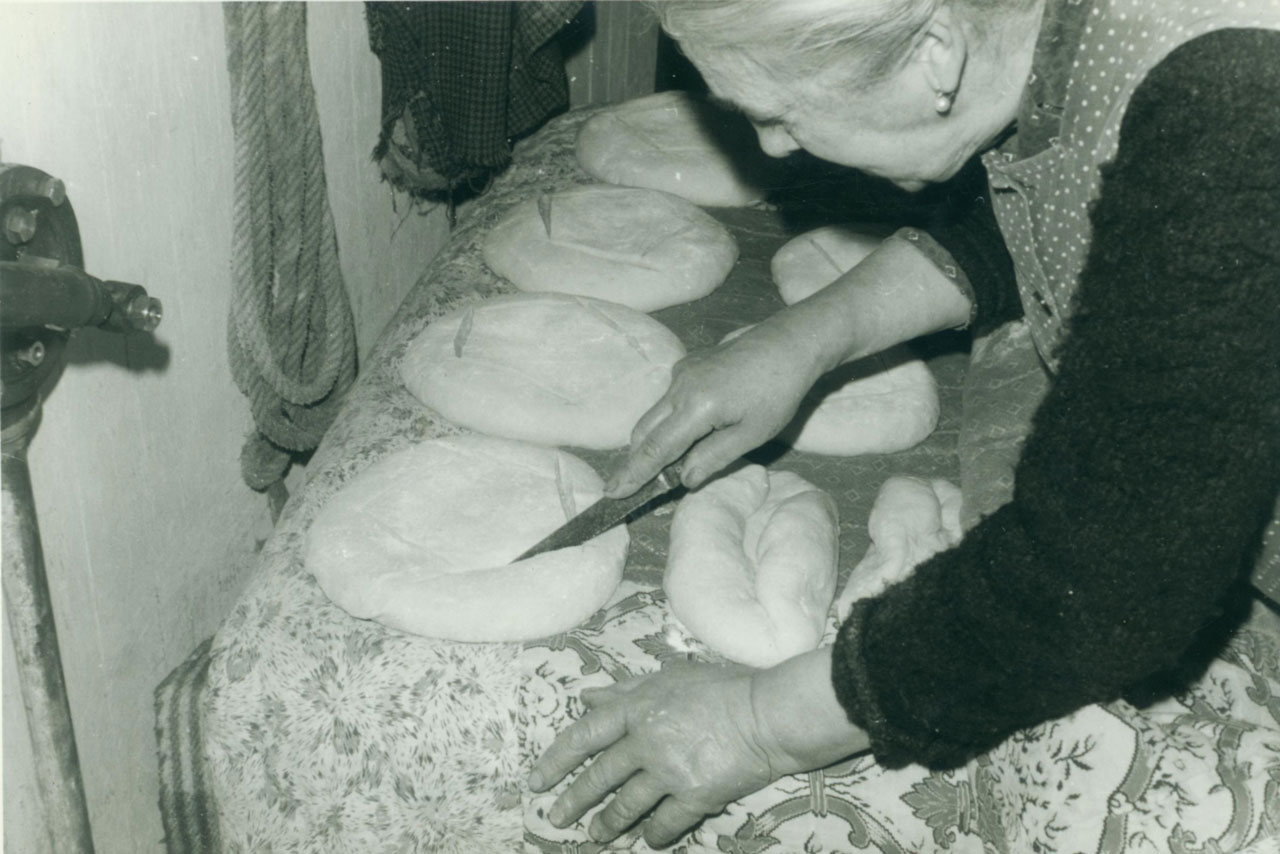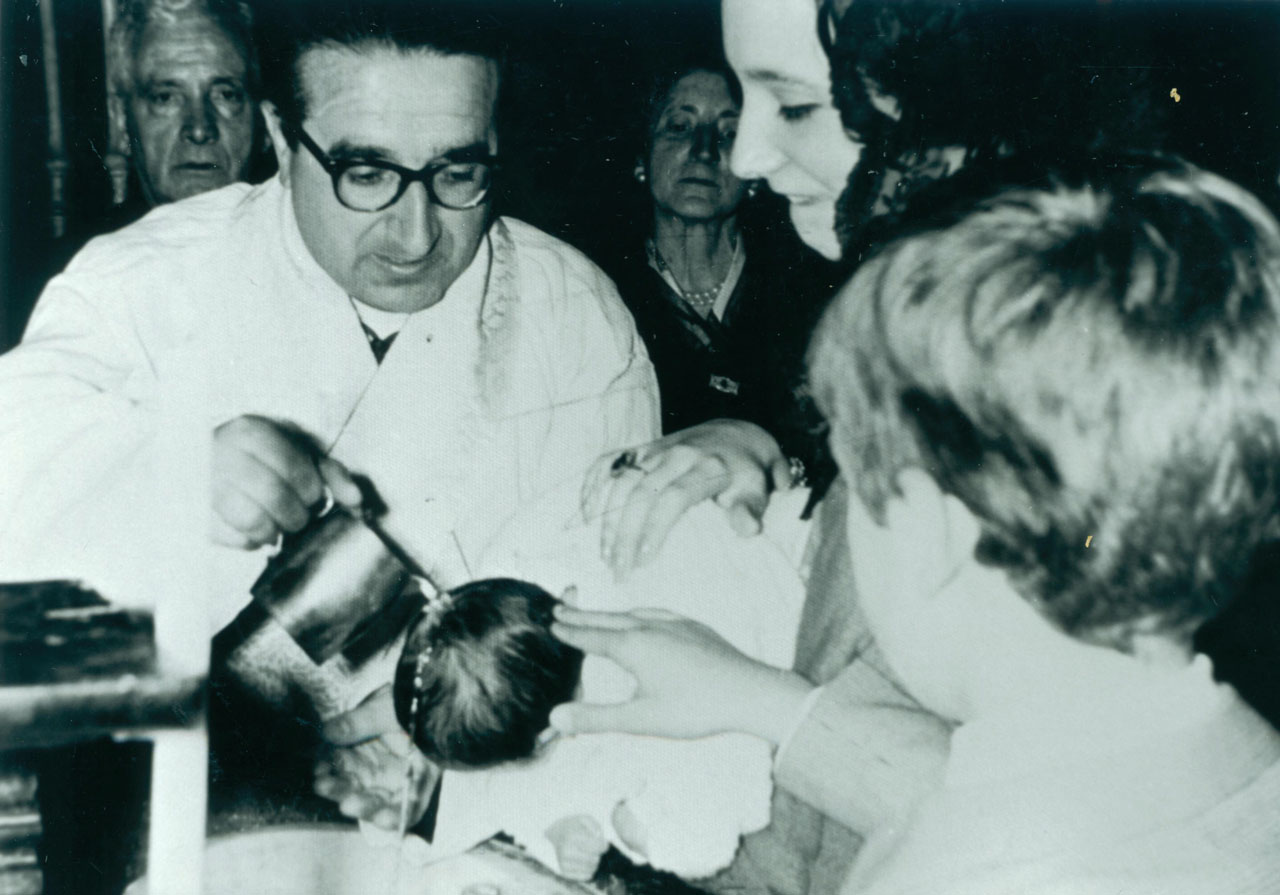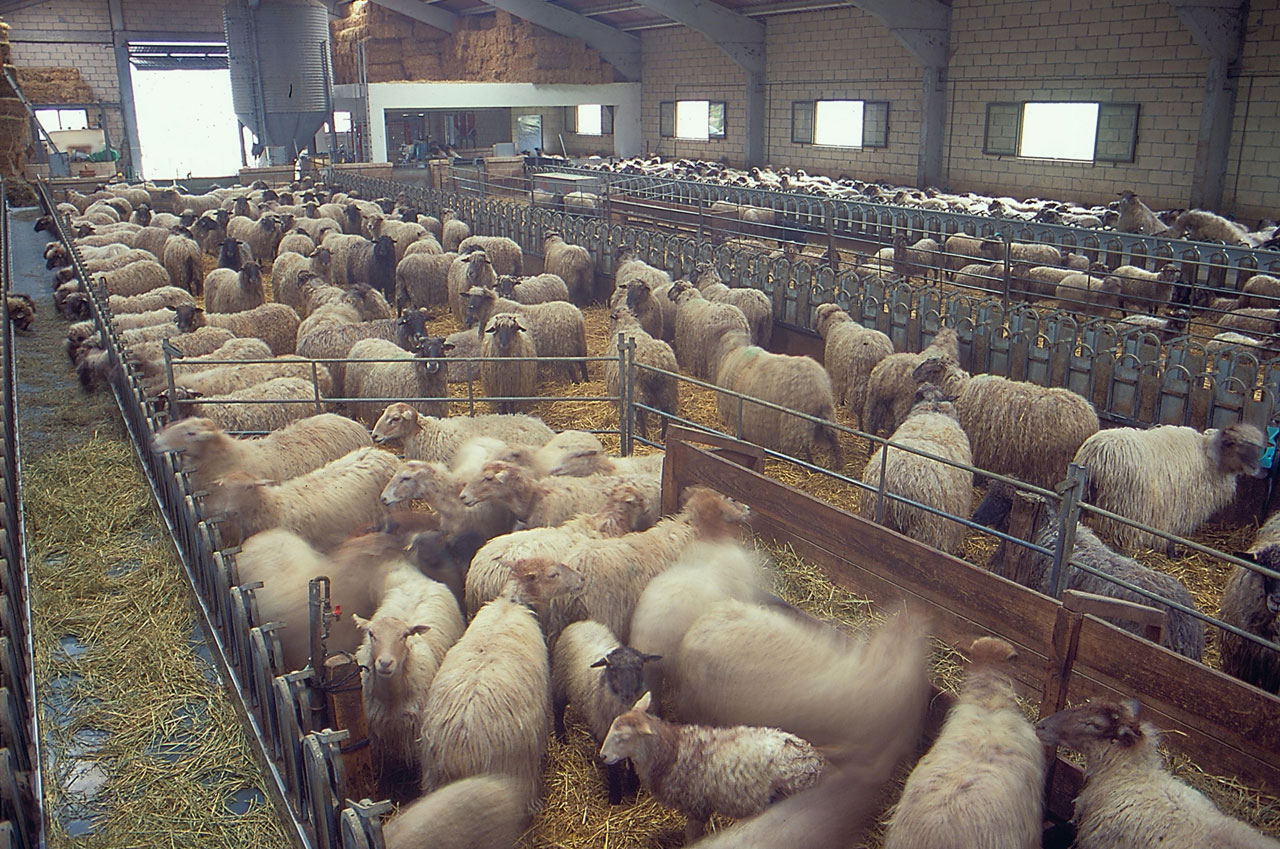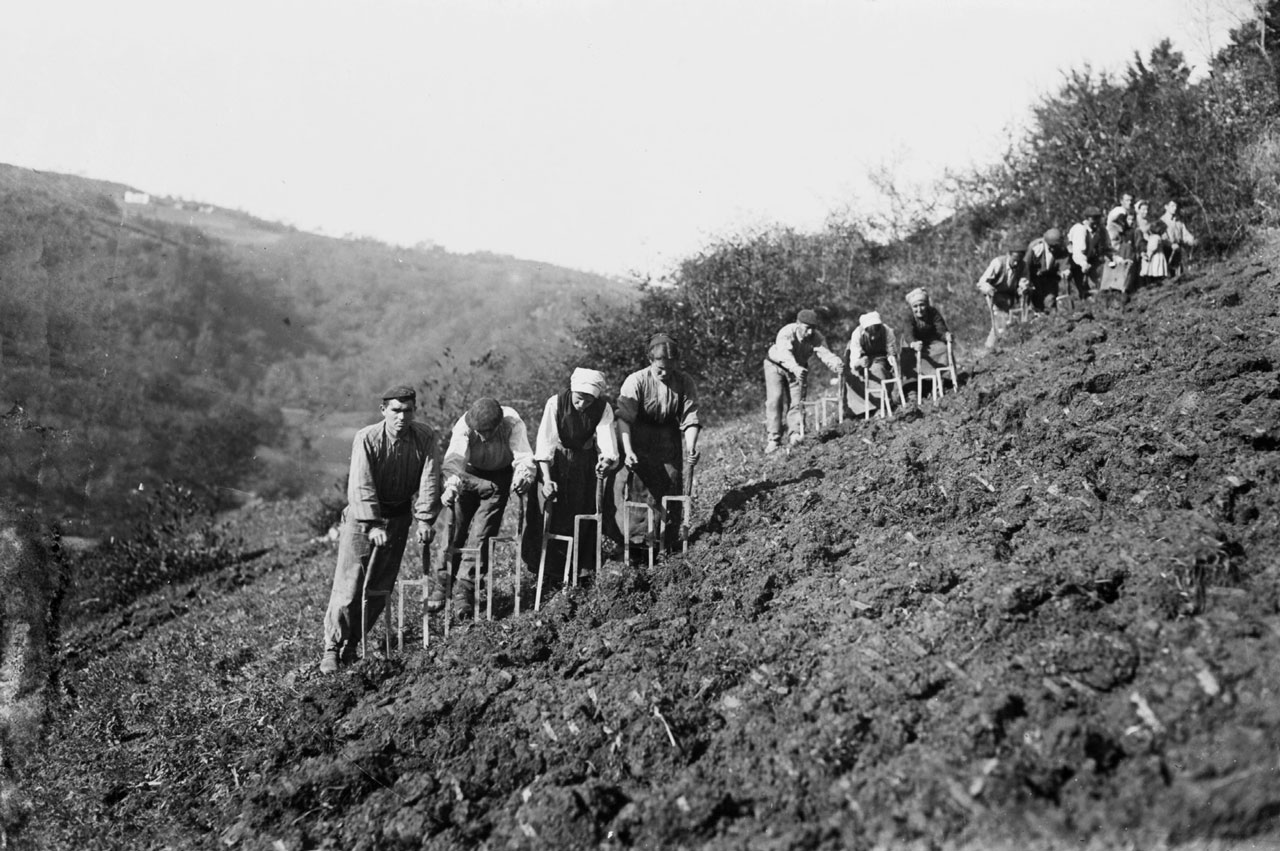Four generations of the same family. Ajangiz (B), 1977. Source: Segundo Oar-Arteta, Etniker Euskalerria Groups.
House and Family in the Basque Country


House and Family in the Basque Country
The family was the cornerstone of the farmstead, and the farmsteads along with the families provided coherence and structure to the neighbourhood and society.
Family Diet in the Basque Country


Family Diet in the Basque Country
Donde no hay ni pan ni pollos, el horno no está para bollos. If there’s no bread or chicken, you shouldn’t bake rolls.
Children’s Games in the Basque Country


Children’s Games in the Basque Country
Honek arrautza ekarri, honek erreten ipini, honek gatza eman, honek pixka bat probatu, honek dena jan! Game with fingers
Traditional Medicine in the Basque Country


Traditional Medicine in the Basque Country
Baratxuria, hamalau gaitzen kontra. Garlic cures all ills.
Rites from Birth to Marriage in the Basque Country


Rites from Birth to Marriage in the Basque Country
After giving birth, women would remain confined for a period that ended with the rite of being churched, elizan sartzea.
Funeral Rites in the Basque Country


Funeral Rites in the Basque Country
Each homestead used to have a burial site inside the church’s nave. When burials were transferred to cemeteries, the once real burial site in church became a symbolic family grave, were offerings of light and bread were made to their dead.
Modern stable for sheep. Izurtza (B), 2000. Source: Labayru Fundazioa Photograhic Archive: José Ignacio García Muñoz.
Ganaderia y pastoreo en Vasconia


Ganaderia y pastoreo en Vasconia
The transformations that have taken place in the last few decades have fundamentally changed the world of livestock farming: no longer a way of life, it is now an economic activity.
Agricultura en Vasconia


Agricultura en Vasconia
Spades, ploughs, rakes, sickles, scythes and threshers were the essential tools for agricultural work.







